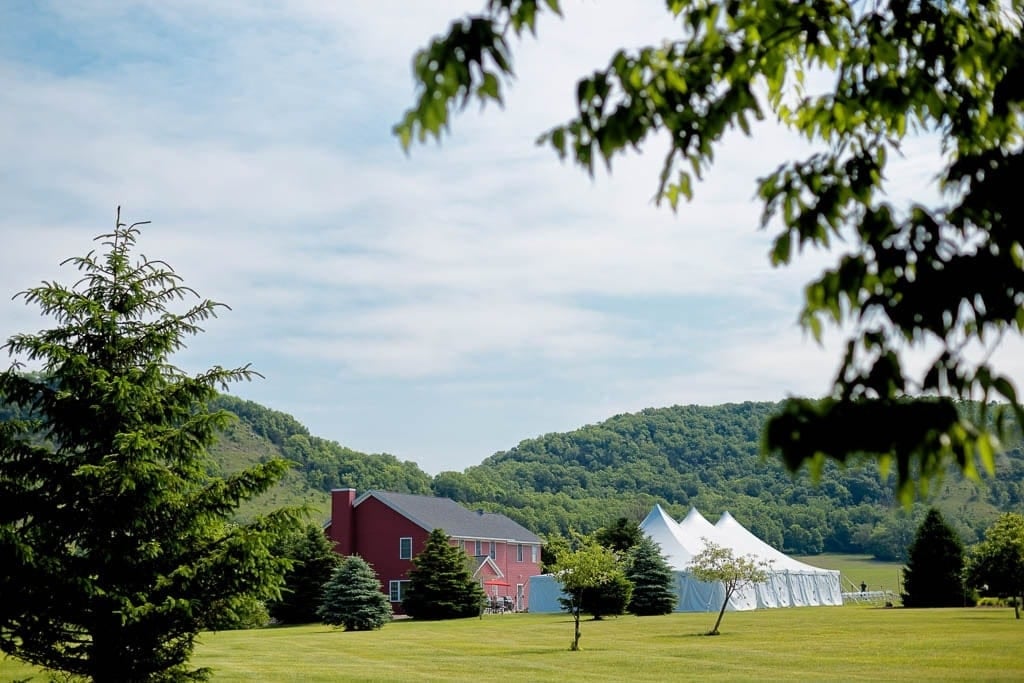
Which strategies for a successful outdoor event
Photography Considerations When Planning Your Outdoor Wedding Minnesota
Whether it’s easy to change your outfit or reschedule your engagement session in case of poor weather, it’s impossible to change an outdoor ceremony. So, with or without a wedding coordinator to advise you, you must consider several points if you are planning to celebrate outside.
We will try to include everything, but if you think about something else, you are more than welcome to send us a message with your opinion.
At the end of this article (where I become almost a wedding coordinator myself), you will know the pros and the cons of planning an open-air wedding, which should help you to take a decision, and maybe choosing the right venue.
I am one of those wedding photographers who experienced so many weddings in Minneapolis that I want to share my memories to help couples to avoid making the same mistakes I have witnessed.
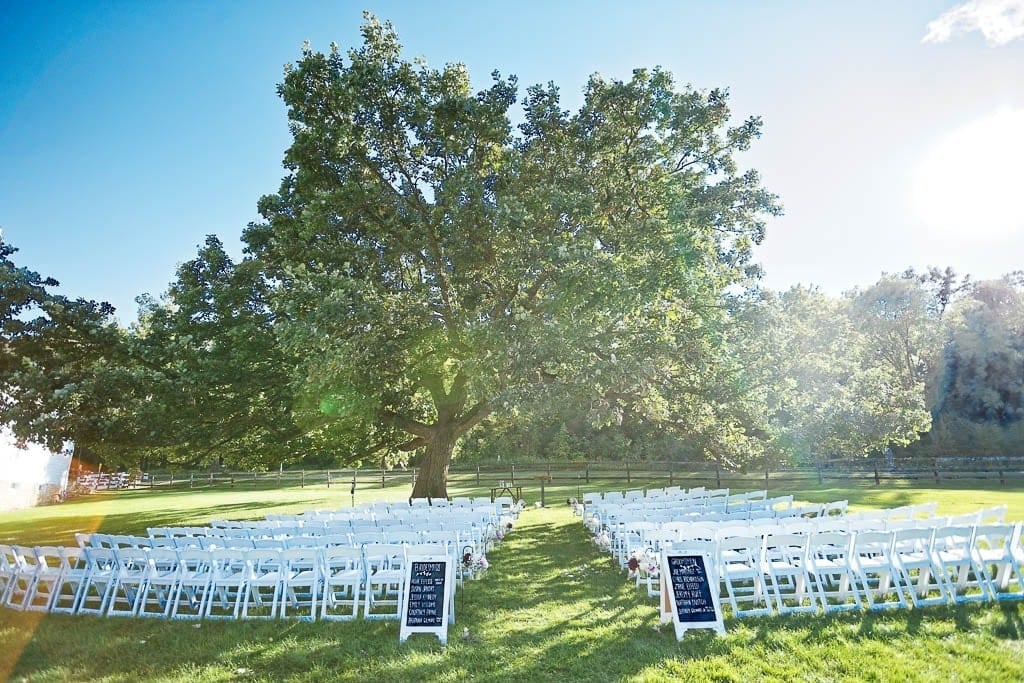
Table of Contents
A variety of reasons to choose an outdoor wedding?
There are several reasons for you to prefer hosting your special day in the middle of mother nature.
- The more common reason is that you like nature, and you want to include this kind of beauty in your perfect day. As a hiker, I totally understand you. What a wonderful sensation to be on the top of a mountain, or on a bluff and admiring the landscape!
- The second option is that your venue doesn’t offer a pleasant room to celebrate (or not at all), but has a decent piece of lawn.
- The third reason is that you want to get married in a specific place for sentimental reasons, such as your family’s house. Then you usually rent an enormous tent.
- The fourth reason is economic; you are hoping to save money, choosing a nice park and a simple venue, or doing a backyard wedding.
You must be clear and honest about your goals and motivations, so you won’t be disappointed in case of bad weather. Because, yes, it’s pretty obvious, your first “enemy” is the weather.
Is there a better month to get married?
The less we can say in MN is that the weather doesn’t have a nice reputation.
You could check at the statistic, but thanks to global warming, these last years have been chaotic.
It seems pretty difficult (and maybe impossible)to predict with certainty a date you will have pleasant weather.
And also, you can’t even trust the forecast over 1 day in advance!
I invite you to read my article “Best Month to Get Married” to have a better idea.
What are the risks?
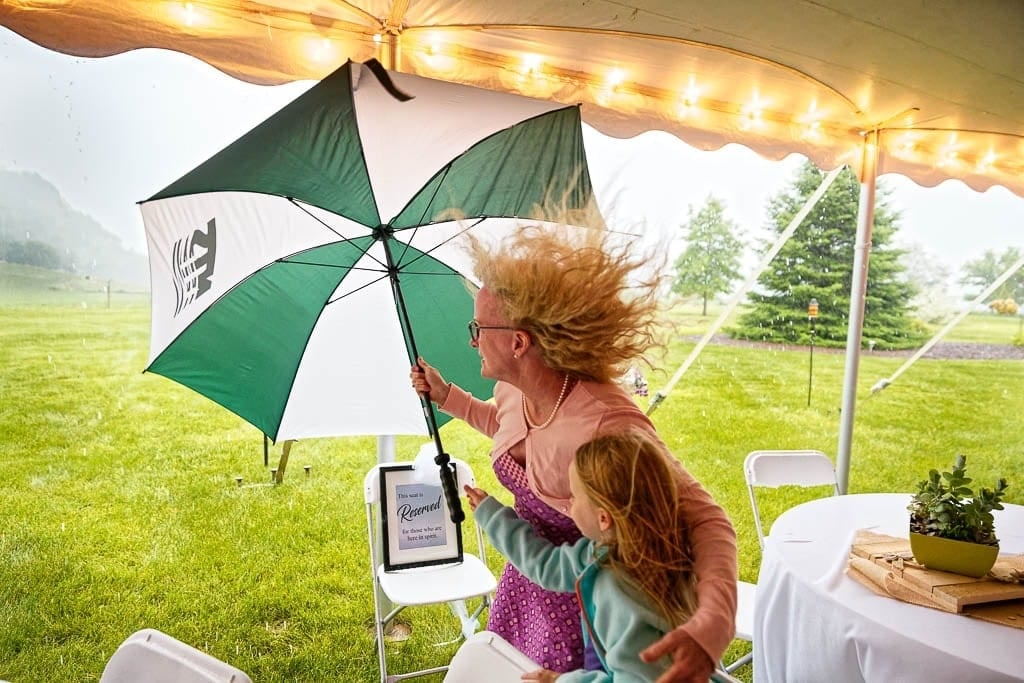
If you don’t want to take any risk, then hold your wedding in a pleasant venue in Minneapolis, such as the Landmark Center, and hire a bunch of talented vendors from Minnesota. It’s easy, easy, it’s the solution chosen by many couples, but it is also a costly solution.
Otherwise, if you want an outdoor wedding, there are some risks you can’t ignore.
After choosing what you consider is the best month to get married in the 10,000 lakes state, here is a short list of the risks:
- rain and flood
- mud and dirt field (if it rains the day before)
- (very to super) cold temperatures
- smog
- tornado and thunder
- wind and storm
- snow
- top level of humidity and high temperatures (heat waves)
Taking that in consideration, it becomes pretty clear that having a backup location (more than a shelter) in case of terrible weather is an imperative. If you are a gambler in the soul and want to bet on your own special day, judge the different strategies and go for it. But it could turn dangerous!
Now, let’s see where to stage your canopy, your arch and your guests.
Where to stage ceremonies?
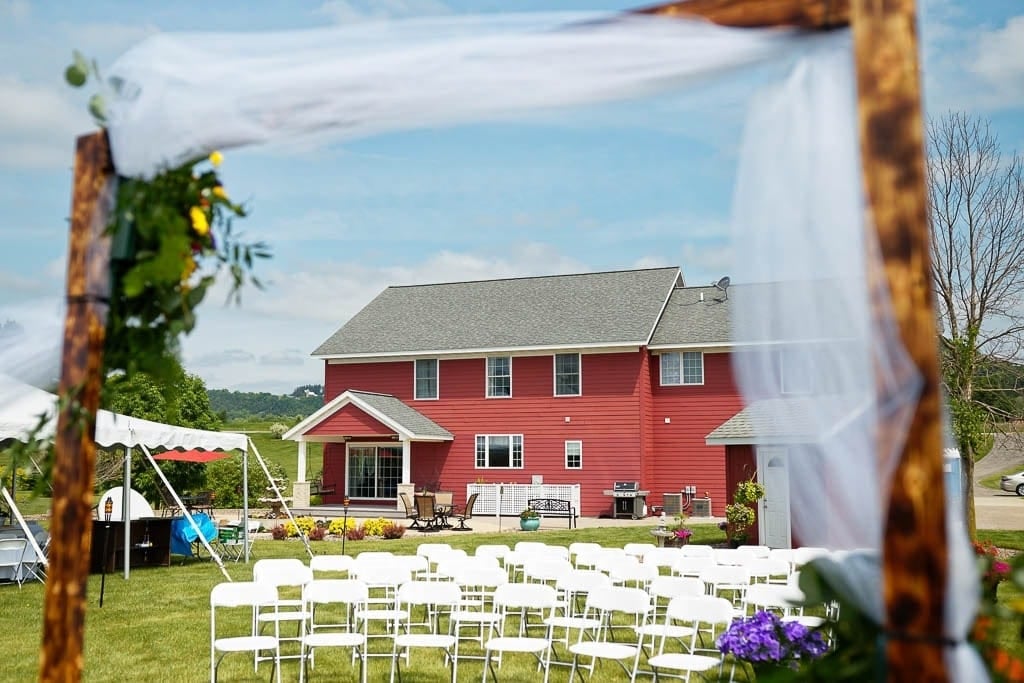
Photographers would tell you, whether you install a large chuppah for a Jewish wedding near Minneapolis, a simple arch for a Christian ceremony, or an agnostic engagement, there are some points to pay attention to.
Even if a place could seem amazing, offering a unique view on a sublime landscape might not be appropriate to host a high number of guests for one hour.
- Make sure your field is not in a flood area and don’t get mud in case of rain (you don’t want your dress to be dirty).
- Make sure your field is pretty flat (no sprained ankle) and every guest would have a marvelous view on you (renting of a wood floor is a plus also, it isolates you from the ground and humidity).
- If you can find a field which has a circus shape, that could be even better.
- Make sure your field is not exposed to winds
- If you are close to a lake, make sure it’s not the mosquito seasons, and there is no awful smell coming from the lake.
- If you have an agriculture field near your location, make sure they won’t spread fertilizer the week before.
- A place protected under the shades of trees is always great during a hot day
- Check what the plants around, try to avoid allergy (pay attention to pollen seasons)
Lightning and hours
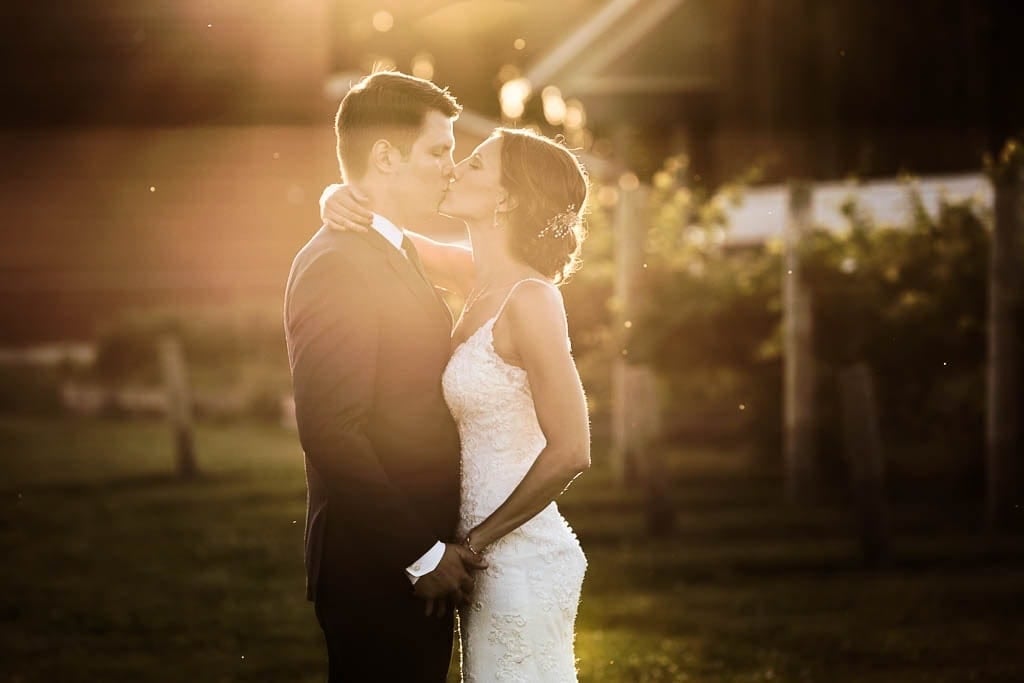
Pay attention to the sun position. Today with a simple smartphone app, you can easily estimate the sun position in the sky at a precise date and time. Most lovers decide to tie the knot between 3 and 5 p.m.
You have two options for great photography:
- Having the sun facing your guests, which is not very nice for them.
- Having the sun on the back of your guests, which is better.
Finally, don’t choose the sunset time. In case of poor weather, you will be in the dark 1 hour before the sunset time. You probably want to have your group pictures taken after you exchange your rings. So make sure we will have enough time!
Photography Advantages and Cons
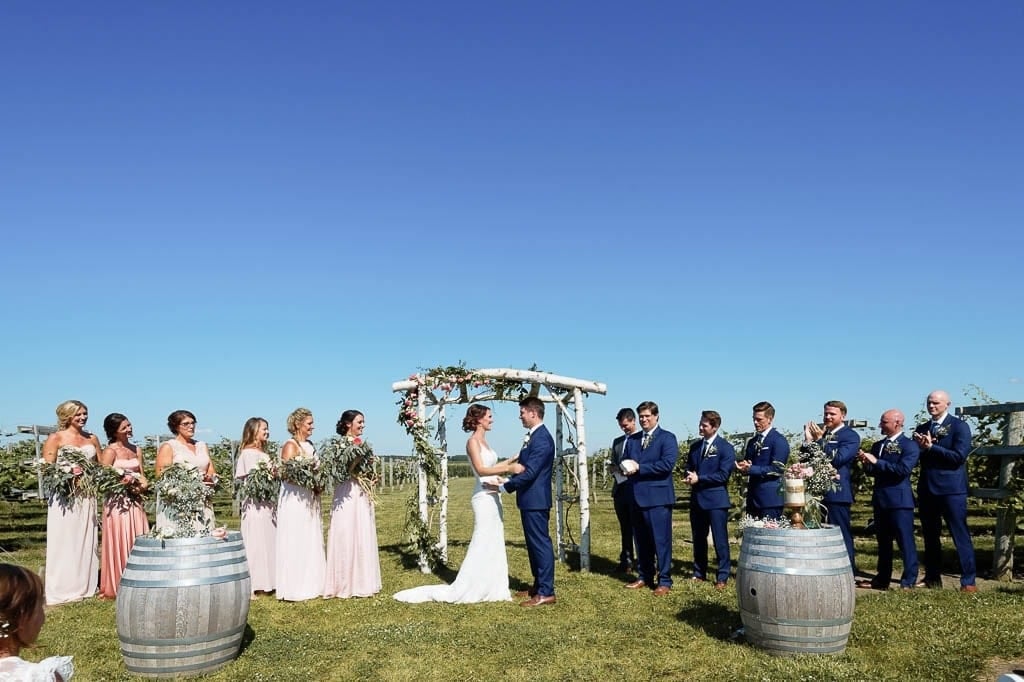
Of course, as a photographer, I love beautiful landscapes and sunset photos. A nice ritual under an old oak, with the sun coming from the back of the picture, is just gorgeous.
You need a nice place for the Preparation
But that’s not all. Usually, one-third of your big day comprises your preparation. If you want pleasant pictures, you need a nice place with natural light to have your hair and makeup done. That applies to the groom and groomsmen, too.
Note that this nice place would be outside, under a tree.
After the ritual, you also need a nice spot for the family and bridal party pictures. And this, even if it’s rainy!
For the couple of sessions, we usually find a good place!
The night and lake of light Challenge
When it becomes really challenging is during the night, if there is not enough light for the camera to autofocus. Luckily, it’s rarely the case. A simple light is usually enough. But if you are planning an evening around a fire pit, then it’s challenging!
The Necessity of Plan B, which is often a Tent
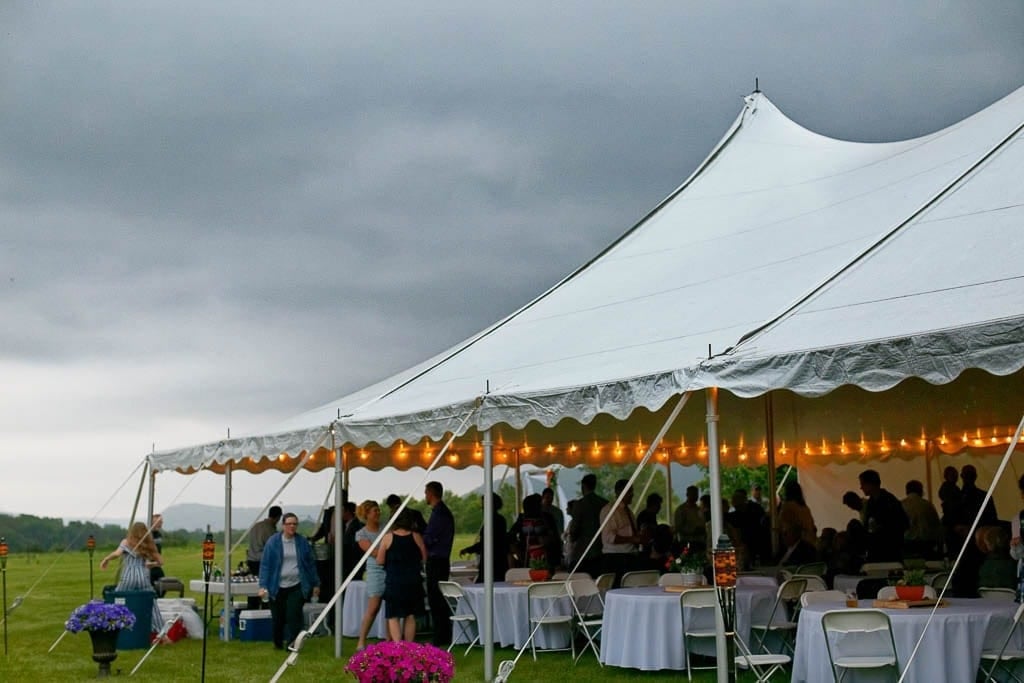
Except if you are planning a mini backyard wedding, when inviting a lot of people, you can’t take the risk of having the event ruined by the weather. You need a Plan-B (a big house, a large shelter), or renting a Tent. So, what do you need to install a tent?
Tent Installation Requirements in Minnesota:
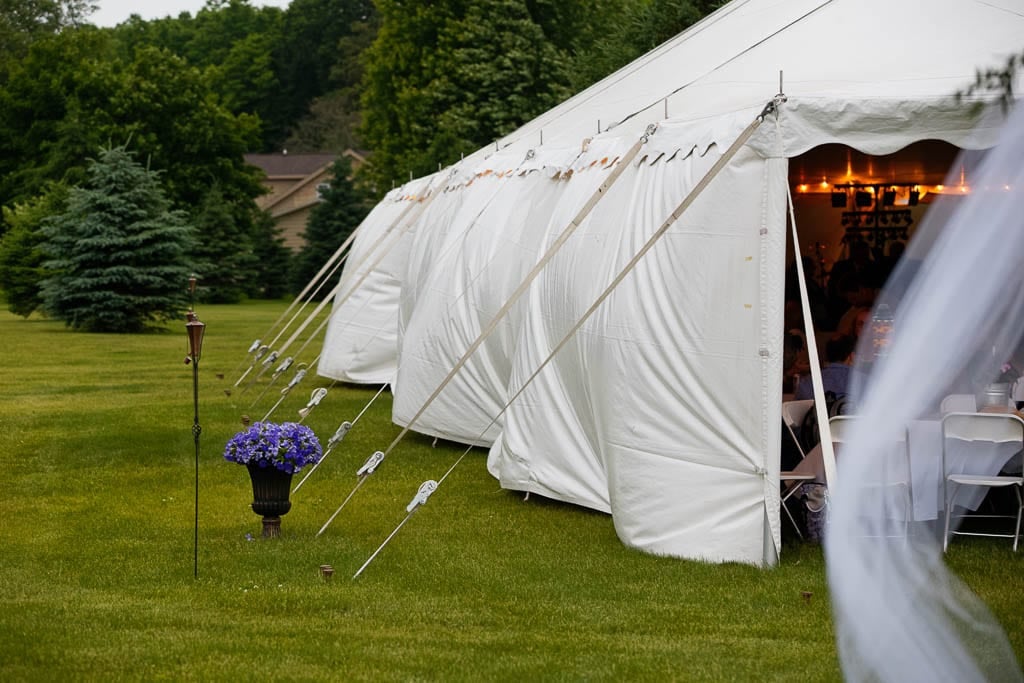
To properly install a tent in Minnesota, you need a level, well-drained field with stable ground that can support stakes or weights. The site must be well-drained and located so that drainage won’t endanger water supplies. Most importantly, you must maintain at least 10 feet of clearance from power lines in all directions. Ensure adequate access (minimum 16-foot width) for setup vehicles and emergency access. For events with multiple tents or larger gatherings, check local permit requirements. Consider Minnesota’s variable weather: ensure the site allows for proper tent anchoring and have backup plans for extreme severe weather conditions.
Wedding Tent Size Estimates for Minnesota:
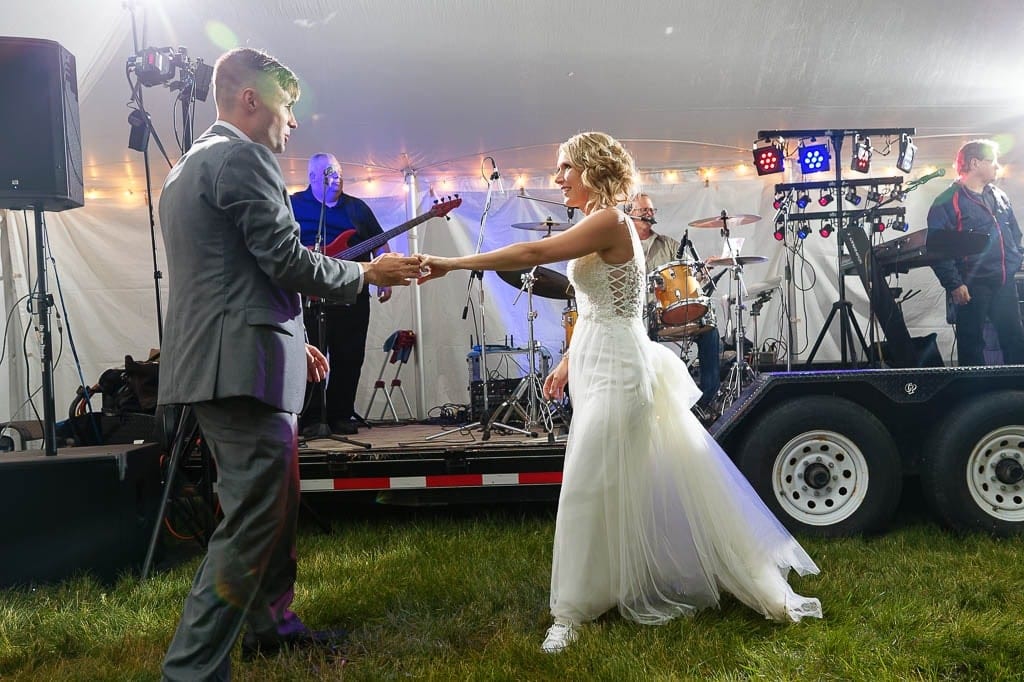
- 50 guests: 20×30 tent (600 sq ft) for seated dining – $1,200-$2,500
- 100 guests: 20×50 tent (1,000 sq ft) for seated dining or 30×45 tent for banquet seating – $2,000-$4,000
- 150 guests: 30×60 tent (1,800 sq ft) for banquet seating – $3,500-$6,500
- 200 guests: 40×60 tent (2,400 sq ft) for sit-down dinner – $4,500-$8,000
These higher estimates reflect quality wedding-grade tents with professional installation, weather-resistant features, and proper anchoring systems. Additional costs include delivery, setup, and takedown services ($500-$1,500 extra), site preparation, permits, and potential hard surface fees. Premium tent styles, sidewalls, flooring, lighting, and climate control can significantly increase costs. Minnesota’s shorter wedding season and weather considerations often drive prices higher than national averages.
Important Pricing Note: Tent rental prices can vary dramatically – often doubling or even tripling from one company to another based on quality, service level, equipment condition, tent style, and company reputation. Always request detailed quotes from at least 3-4 different rental companies to compare pricing and services before making your decision.
Note: These estimates cover tent rental only – total wedding rental packages including tables, chairs, linens, lighting, and other essentials typically add $3,000-$8,000+ to your budget.
Note: These estimates cover tent rental only – total wedding rental costs (tables, chairs, linens, etc.) typically range from $425-$1,000 nationally.
Practically, what the common resources needed for an outdoor Party
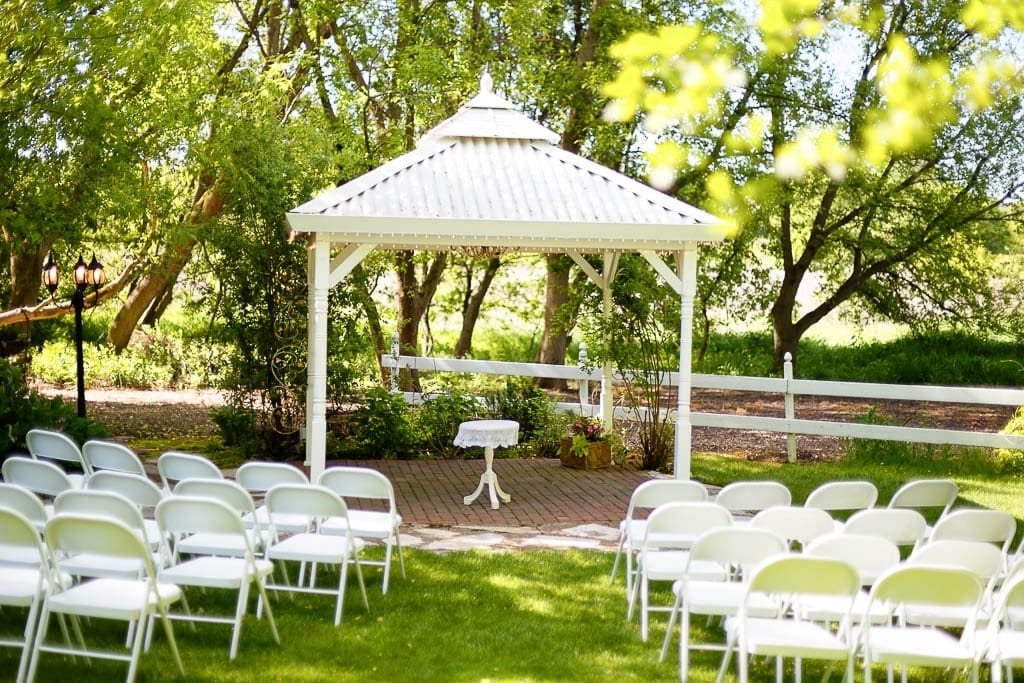
After you find a good place to host your event, ideally located, where people can park, you need the bare necessities. They change depending on your number of guests and your special needs.
- Access to running water
It requires water supply, especially in the kitchen and in the bathroom - A power supply
It needs to be powerful enough to support all your electric systems (especially if you plan to use electric lighting and have a music band, or a heater). Of course it must be waterproof! - Bathroom
You can rent chemical toilettes, toilette trailers, prefabricated toilets, or built your own environmentally dry toilets. - Easy access to the road
Most of the weddings involve old people who walk a little. Having your parking spot less than one mile away is usually a necessity.
Wind and Decoration
If you want for your ceremony, to celebrate your engagement under a wedding canopy, then pay attention to the wind! It’s well known that Minneapolis and St Paul are windy areas and you don’t want your decoration to be blown up by the wind. So attach it tightly with thick pickets into the ground.
That also applies to a smaller piece of decoration, such as the lantern, or candles that need to be protected from the wind.
Chair Rentals
That’s something you can hardly trim on and has a cost. Have enough chairs to sit everyone.
One great idea is to sit guests on hay bales, if you are in the countryside style and have some family working on farms. You can still use them after the wedding, so you don’t waste money renting chairs.
It’s funny, although not elegant.
Lighting
This is an additional cost to your budget. Large space required lots of lights to be well lightened. Discuss the options with your DJ when you book him.
Although I love old fashion String Lights (Edison Light Bulbs), the light should be powerful enough to allow your photographer to take wonderful photos.
Caterers
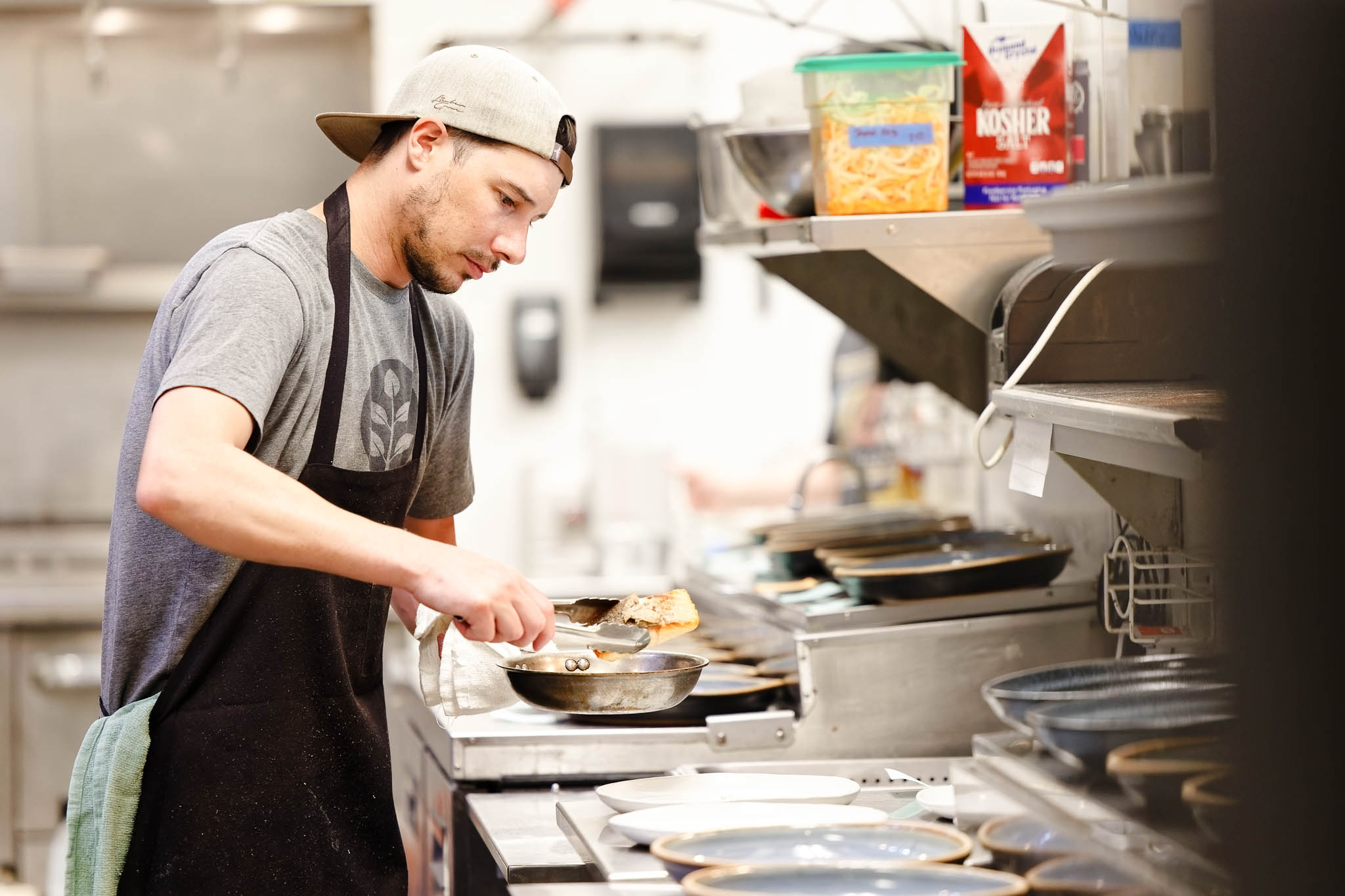
You must find a caterer equipped with special trucks, making sure that they have all what they need to work in your location.
While some people would prefer servers to serve, others would prefer a banquet (cheaper and convenient option).
Which food for an outside event?
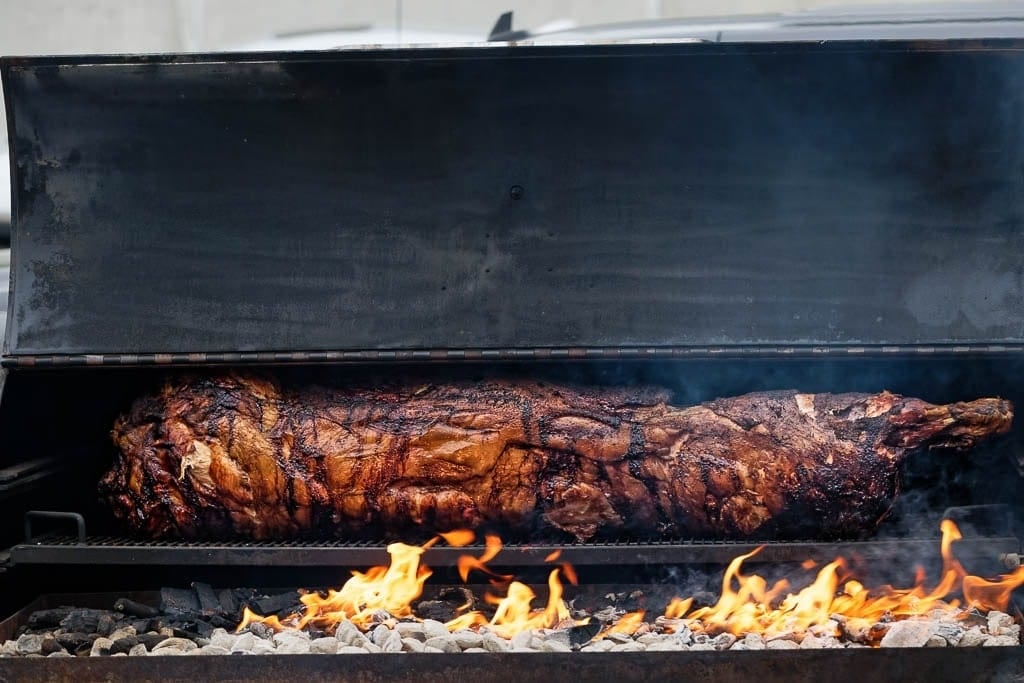
You could take advantage of your location to cook dishes such as a roasted suckling pig (spectacular), and all other kinds of open-air cooking (why not a barbecue).
A new trend coming from the business world is having food trucks (and donut trucks). It’s a great idea, but keep in mind that people usually want to sit for eating.
Can you trim on the food?
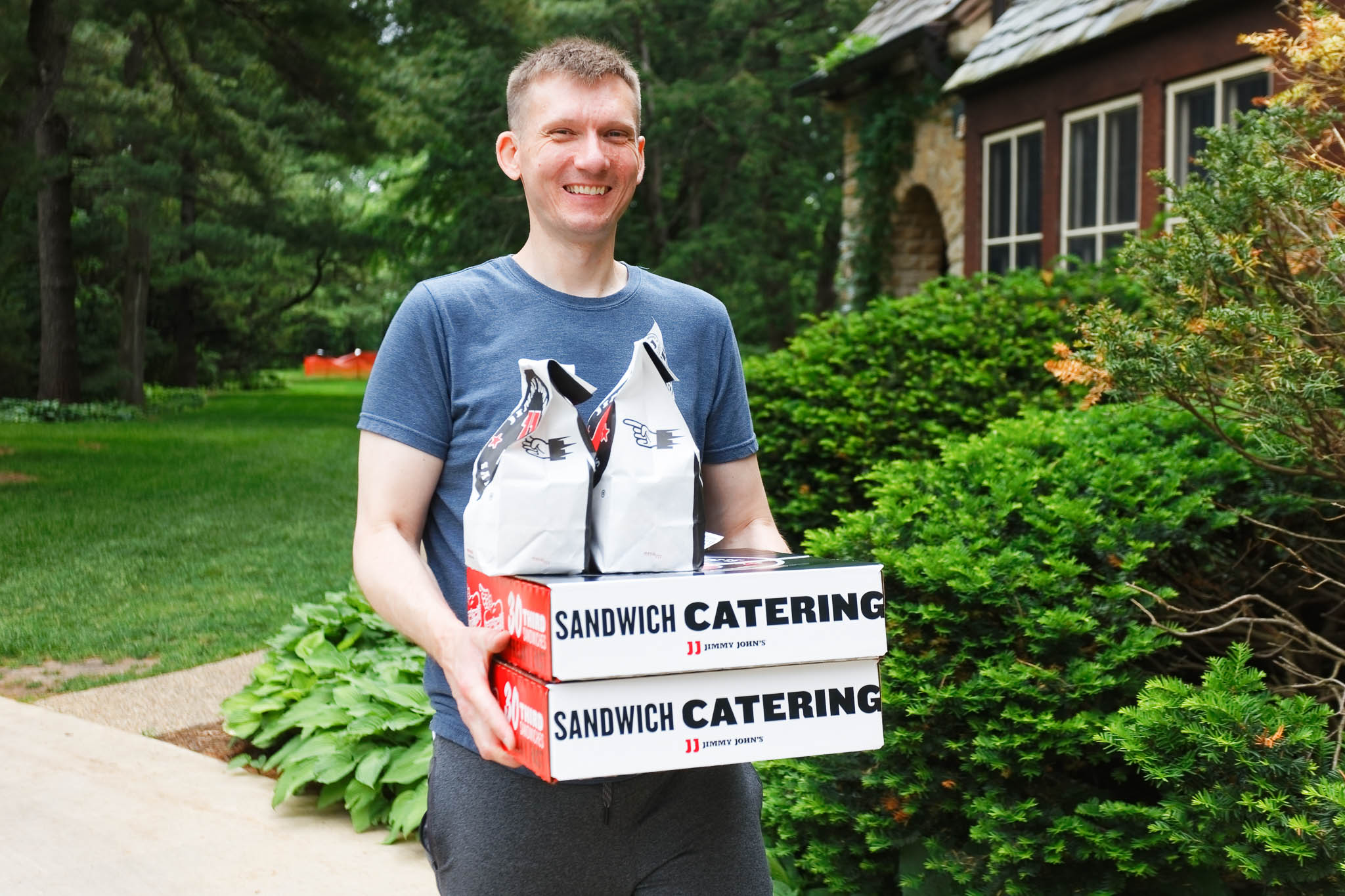
On your own wedding day, you don’t want to take care of the organization part! Instead, you must enjoy your guests because the day will fly quick.
Now, if you have some friends or relatives who are good cookers and want to take care of the food, it’s an option. That usually occurs for an ethnic dish that you cannot find locally.
Cooking for a large group (100 guests or more), is much more difficult than the average 30 people you invite for Christmas or thanksgiving! You don’t want to mess up with quantity (not having enough, or wasting a lot of food), and no messing with the recipe.
On the saving side, you might need to buy extra equipment, and it might be as expensive (or more expensive) than hiring a professional catering company.
Also, the common “mistake” I have heard is that people plan something simple, and slowly increase their expectation! As a result, it becomes a nightmare and financial straightjacket.
So, keep in mind that caterer is a genuine job. You probably prefer your guests to enjoy the party rather than cooking. You can save money if you have low expectation, but if you want something sophisticated, then you might actually need to hire good professionals.
Regarding the bar?
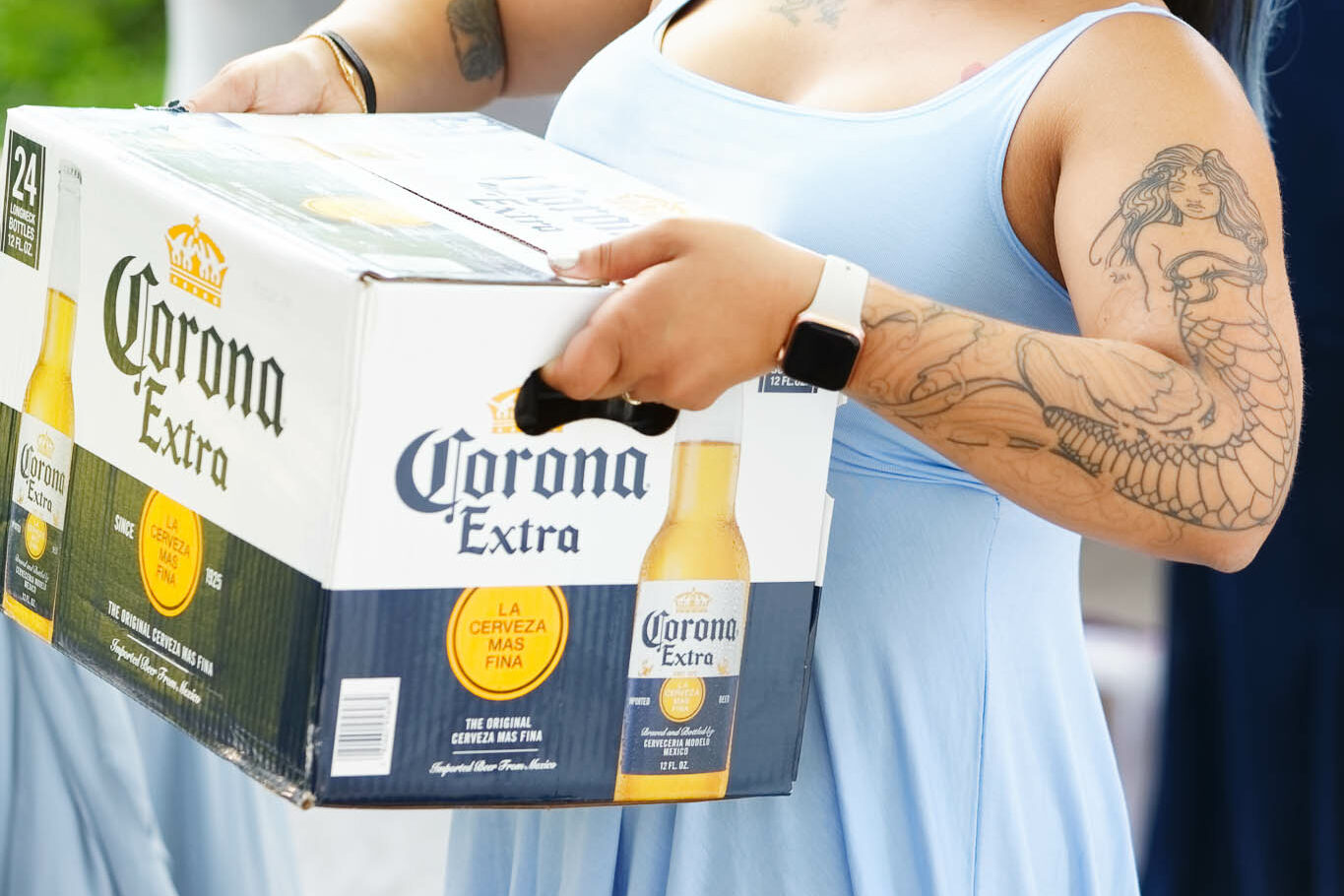
Having friends taking care of the bar is probably one of the easiest things to do. You would need 4 to 5 people (or more), to handle that and a lot of ice.
Of course it excludes all kinds of cocktails unless your friends are almost professionals at preparing cocktails.
A good idea is having a huge stock of Champagne, which works for all night.
The only negative point is that in some situations, not controlling the alcohol could lead to some exaggerated consumption.
Should you hire a coordinator?
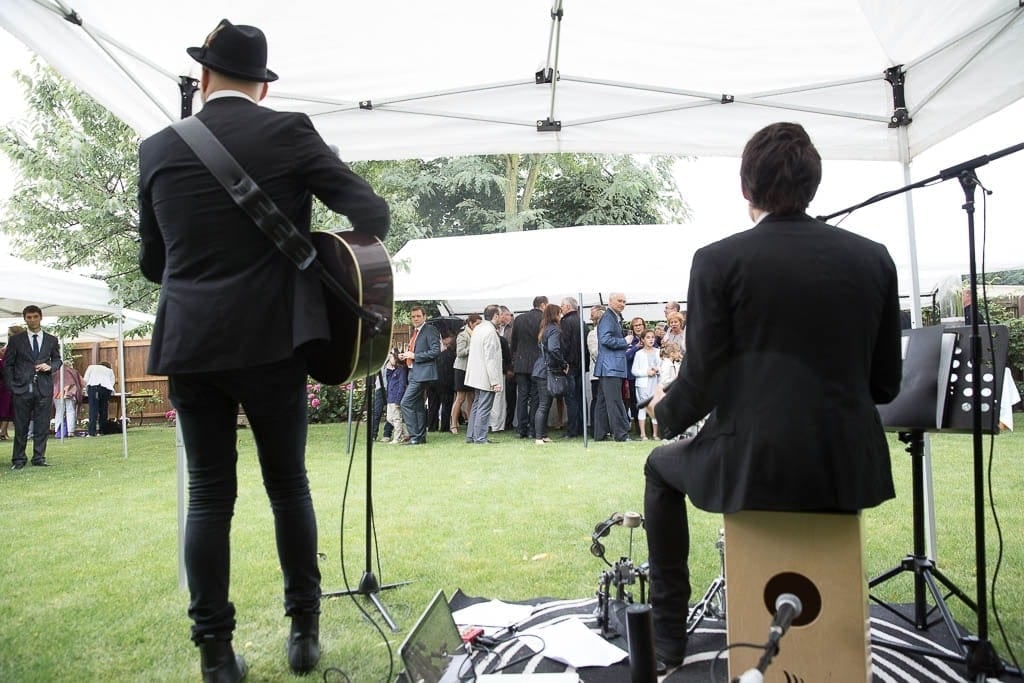
If a simple ritual in a park is what you love, then you might not need a coordinator. But if you want a cocktail hour, a dinner or a reception, then it’s probably one situation where hiring a coordinator really makes sense!
A good coordinator will not only help you with the decoration, but will take care of the logistics! And when you have acres to secure and prepare for your event, you’d better have a good coordination.
What should you buy anyway?

Here is a short list of what you should always have:
- A nice warm coat for the bride
- Blankets
because you never know when it gets cold and you don’t want your family to be cold. - Umbrellas
Protect in case of light rain, and create shade in case of hard sun - Sunscreen, folding fan, bottle of water
You don’t want your friends to suffer from the sun and temperature. - Gallons of bug spray repellant! For obvious reasons, and especially during spring.
Real Advantage of having an outside wedding?
An outdoor celebration in Minnesota can provide more liberty than a traditional courthouse wedding(even if the Olmsted County government center allows you to get married on the shore of the Zumbro River), allowing your vendors to be more “creative,” and your photographers to capture original pictures.
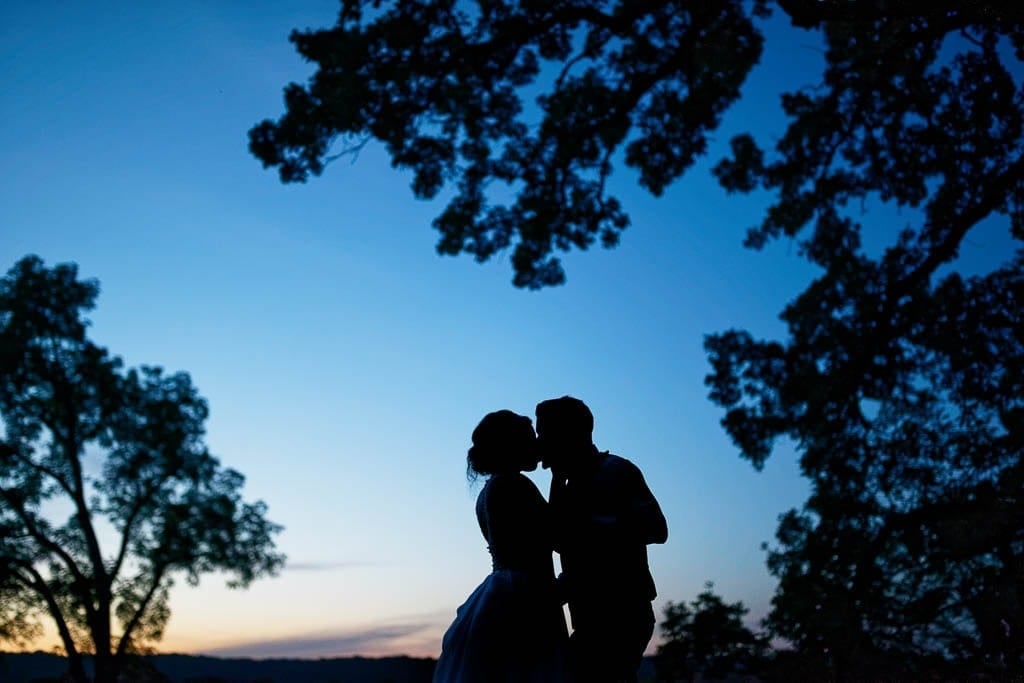
Here is a short list of what you can do in an outside event that you can’t do in an indoor venue.
- getting married to the sunset light (great for photography)
- no time limit, you can play music all night (as far as there are no close neighbors)
- animals such as the llama, kangaroo, horse,.
- large campfire
- having a juggler, flame spitter, and any circus-style team
- having water games, wood games and all kinds of fair games
- playing all kinds of open-air sports (if you want to start some guests to archery, etc.)
- Having inflatable and bouncy castle for kids
- having food trucks and other fair truck
- fireworks
- a lantern release during the night
- camping from simple to sophisticated Lawrence of Arabia style.
So, is it less expensive to have an outdoor wedding?
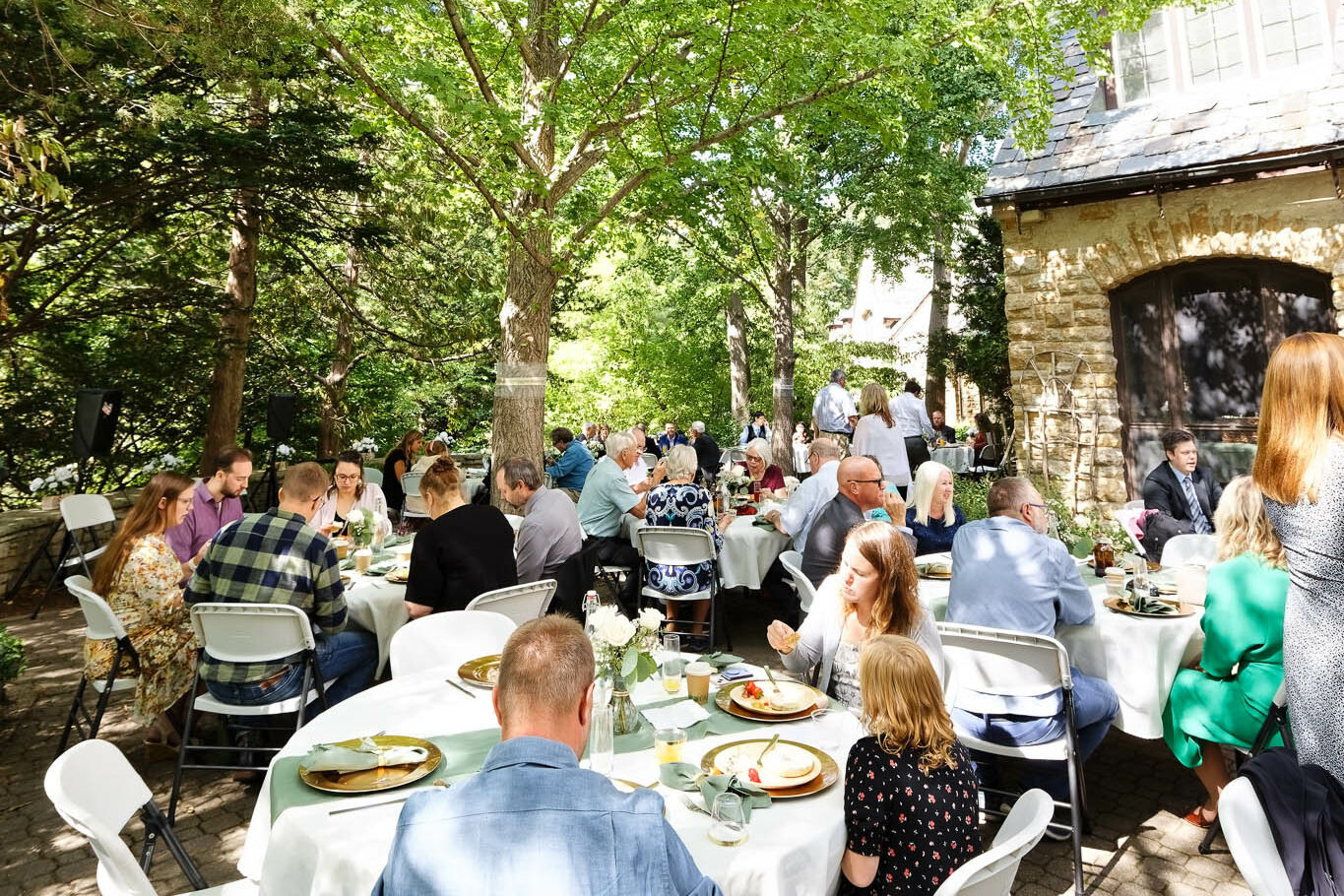
If you are planning on a small and intimate celebration in your backyard, and your main goal is to cut the average price down, then yes, it could be a good idea.
But keep in mind, it comes with risks of having your unique day memories ruined by the weather.
Pick a pleasant park (or a family’s backyard), and a wonderful restaurant in town. You don’t need a wedding coordinator.
But, if you are preparing a large wedding, then you need a Plan B in case of terrible weather, which is, even for a tent, quite expensive! Actually, a large tent can cost more than a simple (and sometimes historic) public venue managed by the city or the County.
Depending on your ambitions, having a decent regular venue with all included could actually be cheaper.
So, from a purely peculiar point of view, it’s not necessarily cheaper. And if you want a high standard (big tent with wood floor, AC, a lot of flowers and decorations), then it can be more expensive.
So it’s not part of the right strategies to cut on the average budget. Also, it requires a lot of coordination and work to set up everything perfect on acres!
Photography Considerations When Planning an outdoor wedding: FAQ
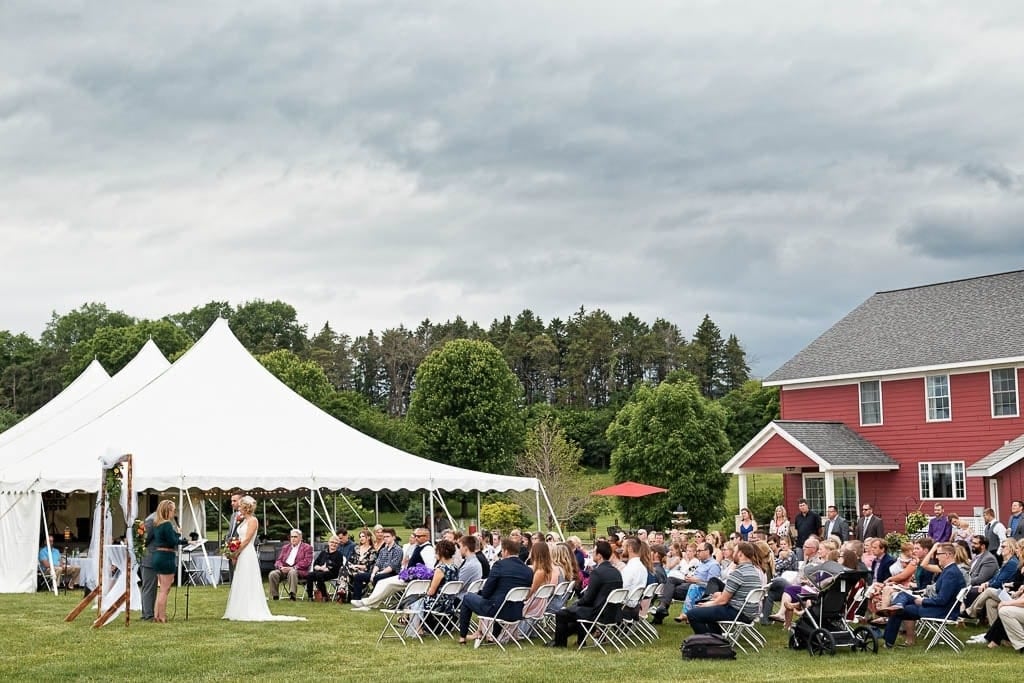
What are the main reasons couples choose outdoor weddings?
Couples typically choose outdoor weddings for four primary reasons: a genuine love for nature and wanting to incorporate that passion into their wedding day, logistical necessity when a venue has beautiful grounds but inadequate indoor spaces, sentimental value of getting married at a meaningful location like a family home or lakeside cabin, or the perception that outdoor weddings are less expensive.Are outdoor weddings really less expensive?
Usually no, especially for large weddings. Small, intimate celebrations under 50 guests can be cost-effective with a simple park ceremony followed by restaurant reception, but this carries the highest weather risk. Large events with 100+ guests are almost always more expensive than indoor venues because you’re building a complete venue from scratch, requiring tent rental, tables, chairs, linens, power generation, lighting systems, restroom facilities, flooring, and climate control. The cumulative cost often exceeds all-inclusive indoor venue fees.What’s the most important factor before committing to an outdoor wedding?
An unwavering commitment to a fully-funded Plan B. This isn’t optional—it’s the fundamental requirement for success. Your Plan B must be detailed and pre-arranged, often pre-paid, and decided early in planning, not last-minute. For small weddings, this means a confirmed restaurant reservation. For large weddings, this means a high-quality tent with sidewalls and flooring. Without this commitment, your entire event remains a high-stakes gamble.What unique advantages do outdoor weddings offer?
Outdoor weddings provide creative freedom including no strict time constraints if there are no noise ordinances, unlimited entertainment options like campfires, circus-style performers, lawn games, bouncy castles for kids, food trucks and unique catering styles, fireworks or lantern releases, the ability to incorporate animals, and camping or glamping experiences. You also get complete control over decor and atmosphere, the ability to create truly unique experiences, and a more relaxed, organic flow to celebrations.What weather risks should we prepare for in Minnesota?
Minnesota’s unpredictable climate presents multiple challenges including rain from light drizzle to torrential downpours, mud even from rain the day before, temperature extremes from unseasonable cold to oppressive heat, severe weather like tornadoes, thunderstorms, and high winds, poor air quality from smog or wildfire smoke, and snow that can occur surprisingly early or late in the season. Historical weather data and long-term forecasts are unreliable due to climate change, and even short-term forecasts are only accurate 24 hours in advance.What’s the best time of day for our ceremony?
The ideal timing is between 3 p.m. and 5 p.m. For best lighting, position your ceremony so the sun is behind guests, creating open shade for the couple and preventing guest squinting. Alternatively, having the sun behind the couple creates a beautiful backlit effect but can be harsh for guests. Avoid sunset ceremonies because wedding timelines often run late, and delays could plunge post-ceremony photos into darkness. Schedule earlier with a generous daylight buffer, and use smartphone apps to predict exact sun position for your date and location.What makes the perfect ceremony site?
Look for relatively flat ground for safety and sightlines, with a natural amphitheater shape being ideal for viewing. The ground should be well-drained and won’t flood or turn muddy. Consider renting temporary wood flooring for a premium experience. You want protection from high winds, mature trees for shade, and to avoid high-allergen areas during pollen season. Stay away from agricultural fields due to fertilizer or manure concerns, and consider mosquito season timing and potential water odors if near lakes.Why is a tent considered essential for large outdoor weddings?
A tent is the ultimate insurance policy and becomes your actual venue. It guarantees the celebration continues regardless of weather, protects tens of thousands of dollars in catering, decor, and entertainment, provides the structural heart of your reception, and allows confident planning without weather anxiety. For significant guest lists, the tent isn’t backup—it’s the venue itself.What site requirements are needed for tent installation?
You need a level, well-drained field with stable ground for heavy stakes or weights and no significant slopes. There must be a minimum 10 feet clearance from overhead power lines in all directions. You need a road at least 16 feet wide for delivery trucks and emergency vehicle access. Check local permit requirements based on tent size with your municipality.How do we determine tent size and budget?
Minnesota tent rental cost estimates for base tent only: 50 guests need a 20′ x 30′ tent costing $1,200-$2,500, 100 guests need a 20′ x 50′ or 30′ x 45′ tent costing $2,000-$4,000, 150 guests need a 30′ x 60′ tent costing $3,500-$6,500, and 200 guests need a 40′ x 60′ tent costing $4,500-$8,000. Additional costs include complete rental package with tables, chairs, linens, lighting, and dance floor adding $3,000-$8,000, plus delivery, setup, and takedown adding $500-$1,500. Minnesota’s shorter season often means higher prices than national averages.What are the absolute infrastructure necessities?
You need four fundamental requirements: running water for catering and sanitation, robust power supply that can handle lighting, sound, catering equipment, and climate control with a heavy-duty generator often required and all electrical must be waterproofed, adequate restrooms ranging from basic chemical toilets to luxury restroom trailers, and accessibility with easy road access and marked parking within reasonable walking distance.How do we secure decor in windy Minnesota conditions?
The Minneapolis and St. Paul area is notoriously windy, so all decor must be anchored. Large structures like arches, chuppahs, and canopies must be secured with thick, heavy-duty pickets driven deep into ground because standard attachments are insufficient. For smaller items, weight all centerpieces, use hurricane lamps for candles and lanterns, and secure or remove lightweight decorations.What should we know about chair and lighting rentals?
You must rent enough chairs for both ceremony and reception seating. A creative option is hay bales for a rustic theme if sourced from a family farm, but this prioritizes aesthetic over guest comfort. For lighting, it must be both functional and atmospheric. String lights and Edison bulbs create ambiance but may lack adequate illumination. Coordinate with your DJ and photographer for technical requirements and ensure enough light for dining, safety, and photography.What are the catering challenges and opportunities?
Challenges include having no permanent kitchen facilities, requiring a caterer experienced with outdoor events, and needing a catering truck with its own power and water sources. Exciting opportunities include whole roasted pig or outdoor barbecue, food truck options for modern flair, and cooking styles impossible indoors. You still need designated seating areas even with casual food service.Should friends and family handle food or bar service?
Food service is strongly discouraged for 30+ guests because cooking for 100+ is exponentially more complex than holiday meals, requires professional equipment and precise timing, and transforms guests into high-stress laborers which can strain relationships and ruin enjoyment. The exception is specific ethnic dishes unavailable from professional caterers. Bar service is more feasible but requires a team of 4-5 dedicated people, simplified menu like beer, wine, and champagne, and significant ice supply. The drawback is lack of professional oversight for alcohol consumption.What comfort items should we provide for guests?
Essential comfort station supplies include a stylish warm coat or wrap for the bride for evening temperature drops, a basket of blankets for all guests to use after sunset, umbrellas for sun protection and light rain, and for hot sunny days provide sunscreen, folding fans, and ample bottled water. In Minnesota, gallons of bug spray are absolutely necessary, especially during spring and early summer.When do we need a professional wedding coordinator?
A coordinator is not necessary for simple park ceremony plus restaurant dinner, but essential for any event with cocktail hour, seated dinner, or full on-site reception. Coordinators are crucial for outdoor weddings because they provide project management for multiple vendors, coordinate complex delivery and setup timelines, troubleshoot last-minute problems, serve as central command for logistics across acres of land, and allow the couple and families to enjoy the day stress-free. Their fee provides immense value for complex outdoor events.What are the two main paths for outdoor weddings?
Path 1 is budget-conscious small weddings with the goal to minimize costs using a small, intimate celebration under 50 guests with park ceremony plus restaurant reception, but this has high weather risk and requires high uncertainty tolerance. Path 2 is full-scale natural experience with the goal to embrace specific landscape or sentimental location using large-scale event with complete infrastructure, requiring expensive tent and full venue buildout with extensive planning, costing more than traditional indoor venues, and needing an essential coordinator. Regardless of path chosen, you need unshakable commitment to well-defined Plan B.Conclusion
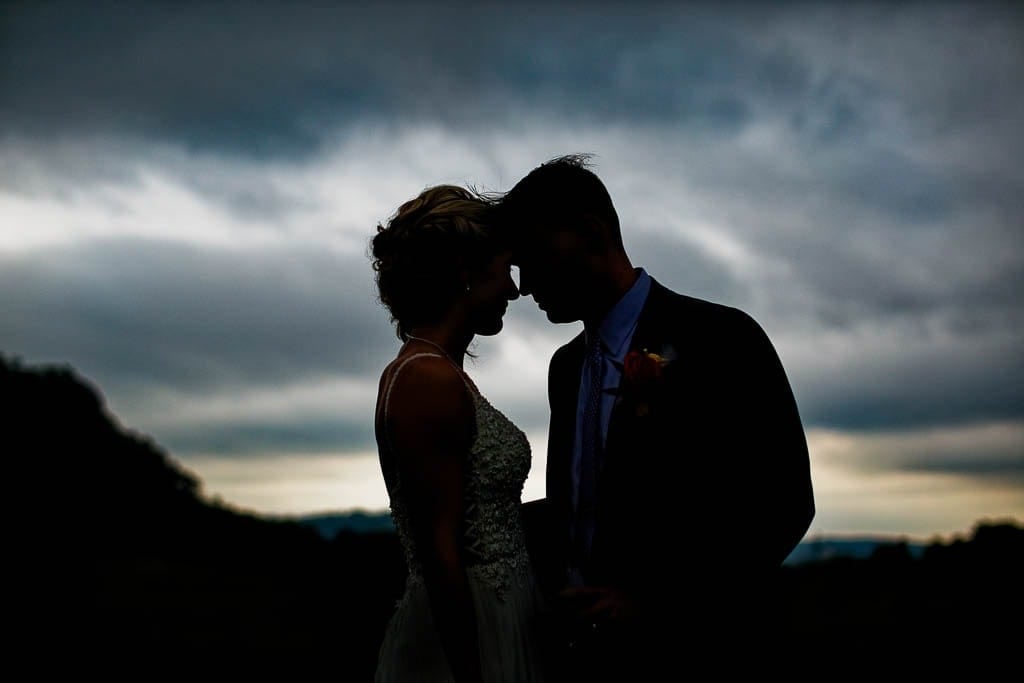
As much of LGBT friendly photographers, I love and recommend nature of engagement session in Minnesota. But for weddings, it’s something different. Planning a nice outdoor wedding requires a lot of time and investment from the bride and the groom.
We must distinguish two different goals: to save money, and to be in the nature.
In both scenarios, you need a Plan B in case of foul weather; It can be a restaurant, for small groups, or an enormous tent on location (which is pretty expensive).
If your goal is to save money, then an outside wedding could be an option (coming with risks), but you have to keep your wedding small and book a restaurant.
If your goal is to enjoy a landscape or a backyard, then you probably need an excellent wedding coordinator who would take care of all the aspects (toilets, chairs, waterproof, water and electricity supply). It might be more expensive than a classic venue, but if you are lucky, you might enjoy an exceptional reception!
